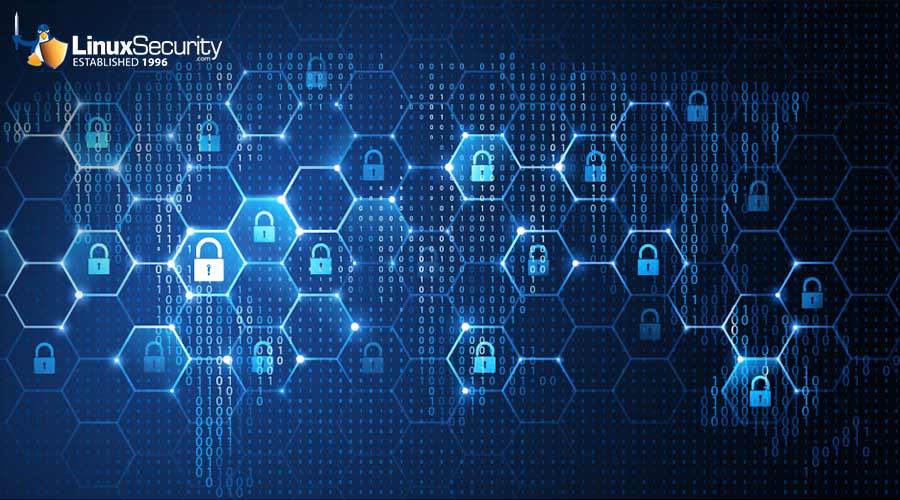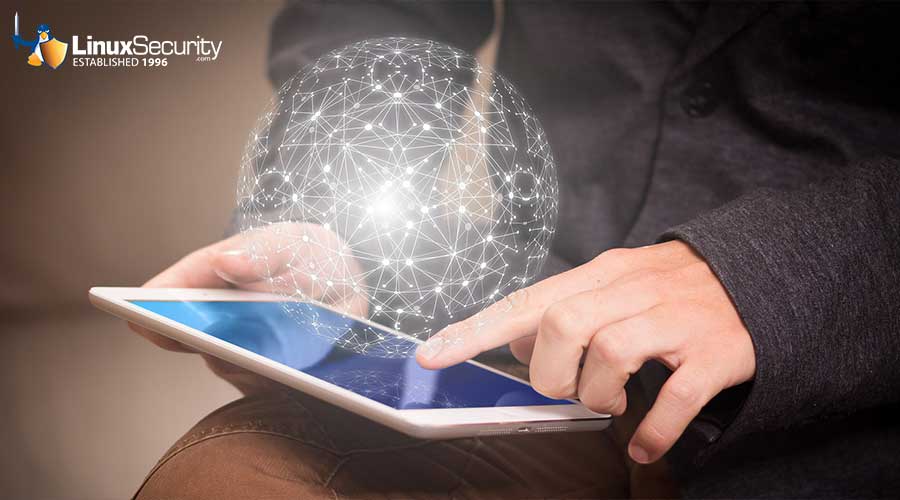Biometrics Finds its Niche
Biometrics haven't changed in the last year. Nothing changed after September 11 to make biometrics more interesting or useful than they were before, except some excellent public relations and media. The uses of biometric technologies are still as limited and tactical as they have ever been. But biometric technologies extend far beyond facial recognition, whose primary use is picking faces out of a crowd or identifying faces against a database of recorded faces.
There are other biometric technologies besides facial recognition that are interesting. Probably the most useful and flexible biometric technology is the fingerprint reader. It performs an accurate biometric scan. It can be encrypted; it can be protected. It can be built into a keyboard, a smart card reader, or an ATM machine.
The link for this article located at ZDNet is no longer available.
























